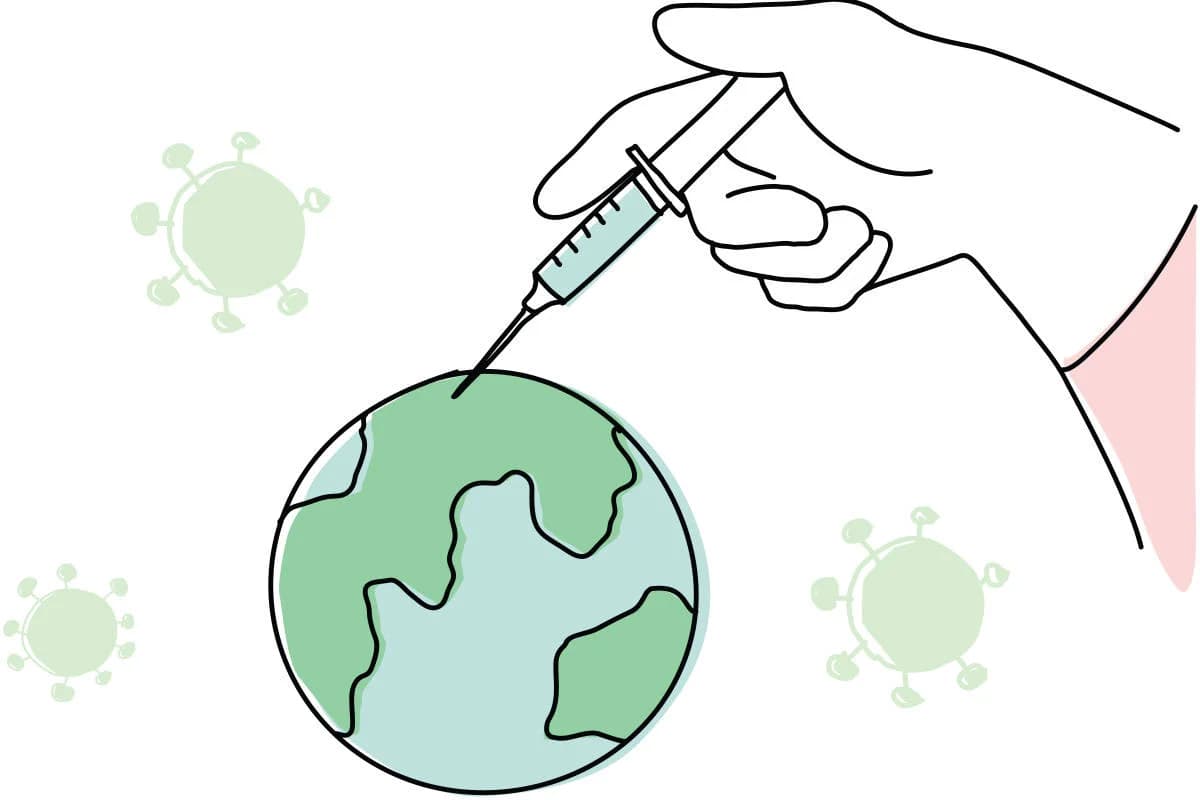
This article first appeared in Digital Edge, The Edge Malaysia Weekly on December 26, 2022 - January 1, 2023
As the world returns to pre-pandemic living, there is an indubitable longing for things to go back to normal but the reality is that “normal” is not the same for everyone. Persons with disabilities (PWDs) were significantly affected by the Covid-19 pandemic, and while it was convenient that most interactions could be done online, digital solutions didn’t impact their lives as much as expected in other aspects.
It is quite preposterous to even debate the need for digital accessibility and inclusivity in this day and age, as it should be a digital prerequisite for PWDs. Executive director of the National Council for the Blind Malaysia (NCBM) Wong Yoon Loong says the pandemic drove the government to offer additional aid to PWDs, such as digital devices, so that they can do things digitally.
Even then, digital inclusivity seems like a distant dream as devices and social platforms are not designed to be disabled-friendly. The visually impaired rely on their hearing and touch senses and while most smartphones have assistive technologies, sometimes these devices are not able to read out loud a text on screen, making regular tasks — such as paying bills or ordering food online — a chore.
“For example, some online shopping platforms are not accessible. It’s usable to a very limited extent and simple tasks can be very daunting for PWDs. The interface is hardly readable by the assistive technology on my phone and it requires so much effort to order something online,” says Hafiyyan Lali, a senior executive in information and communications technology (ICT) at the Malaysian Association for the Blind (MAB).
Streaming platforms like Netflix and video conferencing applications like Google Meet have accessibility features such as automatic closed captioning for the hearing impaired. Meanwhile, iPhones have a voice-over feature to aid those who are visually impaired.
Crucial to inculcate inclusivity
Web accessibility is critical in allowing PWDs to actively participate in the digital economy and remains an important component in instilling inclusivity so that PWDs can actively communicate and learn through the internet.
Early this year, Wong says the council learnt how to build accessible websites according to the Web Content Accessibility Guidelines (WCAG). During the training programme, he checked some government websites for their accessibility level of compliance and found some issues.
“For example, the pictures are too small and there are no alternative texts or captions on the picture for a blind person to navigate across the webpage. It is challenging for the blind,” says Wong. “Malaysia is slow [in making essential services accessible], but surely we will get there.”
Most websites developed in Malaysia do not comply with WCAG 2.0, though many countries have adopted it and used it as a foundation to devise web accessibility policies. The non-compliance of WCAG has a tremendous effect on the usability of websites for PWDs, especially the visually impaired and print-disabled.
The lack of reliable disability-related data also hampers the inclusion of PWDs. Despite the increasing awareness, organisations and government agencies lack basic understanding and empathy for PWDs.
Wong says the people who can make meaningful changes are service providers, the government and policymakers, and the council has been carrying out advocacy and awareness programmes to ensure that they are on the right track.
For example, the Malaysian Communications and Multimedia Commission’s Community Internet Centres were set up to empower underserved communities by providing collective internet access in rural and remote areas as well as to communities residing in low-cost housing in urban areas. These centres are beneficial to the communities but need personnel with a better understanding of how to make digital services more accessible to PWDs.
“If a blind person walks into the centre, the people there should be able to provide him or her some kind of support. There are so many of these centres around the country and they can serve PWDs everywhere, even in rural areas. And that’s what we hope to see in the years to come and we will try to provide training to these people,” he says.
“When we talk about digital accessibility, it’s not only for us but for everybody. Whatever is done for PWDs doesn’t only benefit us but also prepares us for future challenges.”
Digital banking for PWDs
Hafiyyan is currently involved in a project with Payments Network Malaysia Sdn Bhd (PayNet) under Bank Negara Malaysia (BNM) and virtual wallet provider GCash to make the banking sector more accessible to PWDs. GCash approached MAB to better understand digital accessibility and the challenges the community faces. They then pitched the idea of creating a digitally inclusive banking solution to PayNet, who immediately came on board to fund the project.
Affin Bank, the first bank to be involved in the project, carried out focus group discussions to test the accessibility of its mobile banking app and website. While some issues were identified, Affin Bank was open to the idea of ironing out the kinks and making both the app and website more accessible. The project will roll out end of March next year.
“Getting banks to listen is not easy. We have been working for years with so many organisations and I am very grateful that PayNet listened and is open-minded to accept the push for digital accessibility in the banking sector,” he says. “We will be carrying on with Affin Bank and hopefully, if all goes well, other banks will follow suit.”
Save by subscribing to us for your print and/or digital copy.
P/S: The Edge is also available on Apple's AppStore and Androids' Google Play.